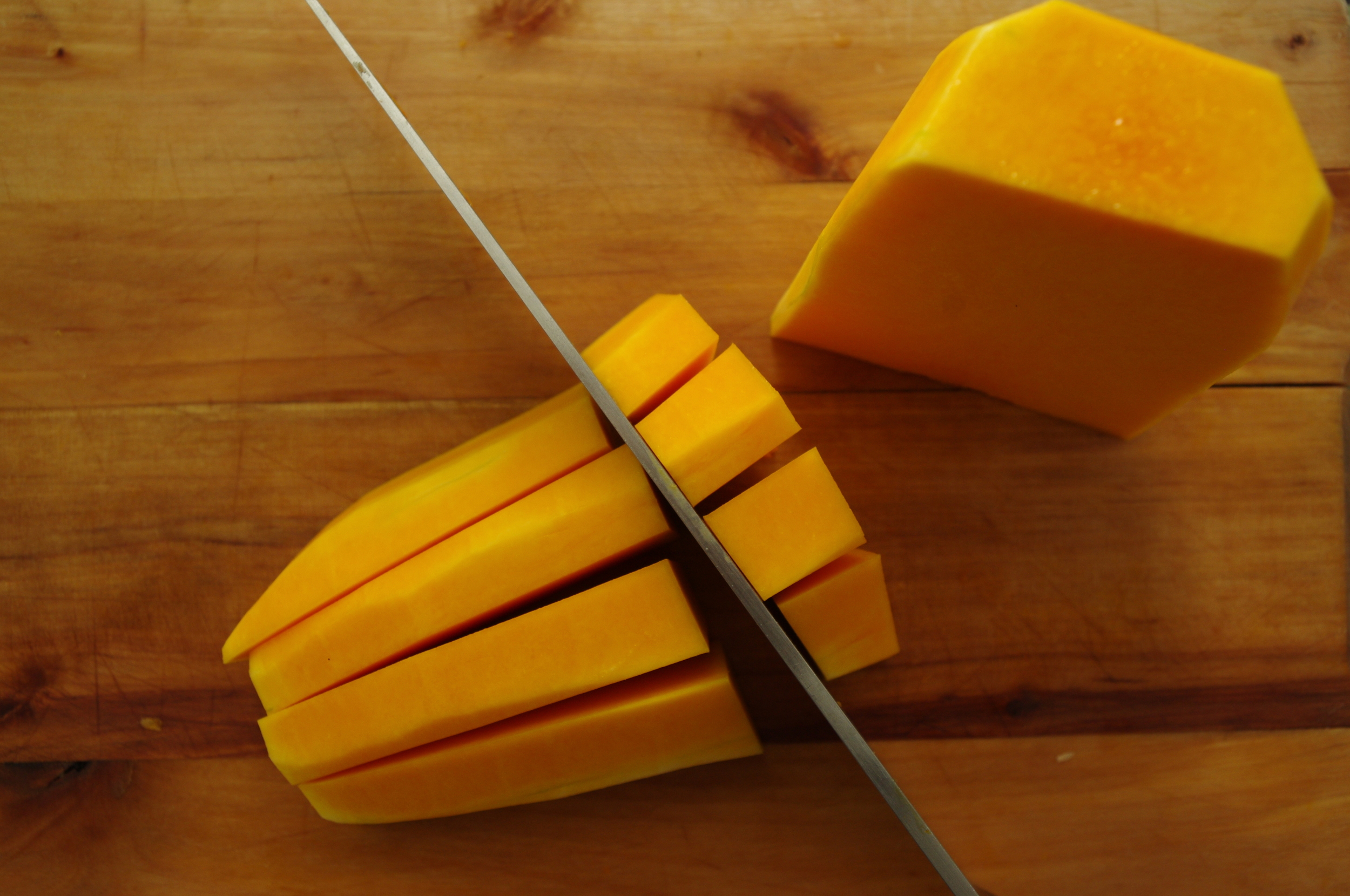 We would like to welcome Signal Mountain Farm's newest recipe blogger Charity Everett, founder and pastry chef at Revel Pastry Company, where she makes handcrafted, seasonally-inspired pastries and desserts.
Charity says She started cooking as soon as she could stand on a chair and reach the kitchen counter. Her earliest memories center around learning from her mother and grandmother the joys of creating in the kitchen. Since then, that love of cooking has grown into a passion for baking and cooking with the seasons. At Revel, Charity creates both sweet and savory pastries inspired by the best local produce each season has to offer. At home, she draws on that same inspiration to create simple, healthy, and comforting meals. In her spare time, she is an avid thrower of dinner parties, cookbook collector, and concert goer.
We would like to welcome Signal Mountain Farm's newest recipe blogger Charity Everett, founder and pastry chef at Revel Pastry Company, where she makes handcrafted, seasonally-inspired pastries and desserts.
Charity says She started cooking as soon as she could stand on a chair and reach the kitchen counter. Her earliest memories center around learning from her mother and grandmother the joys of creating in the kitchen. Since then, that love of cooking has grown into a passion for baking and cooking with the seasons. At Revel, Charity creates both sweet and savory pastries inspired by the best local produce each season has to offer. At home, she draws on that same inspiration to create simple, healthy, and comforting meals. In her spare time, she is an avid thrower of dinner parties, cookbook collector, and concert goer.
Try her first Signal Mountain Farm Recipe: Simple Sautéed Collard Greens
And Click here for more information about Revel Pastry Company Or here to follow on Instagram.

Chyela Rowe, healthy community advocate, recipe blogger, and work share member has been creating delicious ideas and recipes for our CSA members since 2012. But this year she says, "My children asked if they can eat their dinner without having to wait for me to take a photo." A response that, she says with a laugh, is inevitable in the homes of food bloggers. "I'm really excited to have some fresh inspiration from Charity. I agree with her about the power of learning from mothers and grandmothers, and I think her recipes will be a great addition to the Signal Mountain Farm CSA program." Chyela will still be assisting with marketing, communication, and administrative tasks for Signal Mountain Farm. And her recipes will continue to be found in Local Fare magazines, the archives of our recipe blog, and occasionally she shares her thoughts on food, family and community at hungrychyela.blogspot.com











